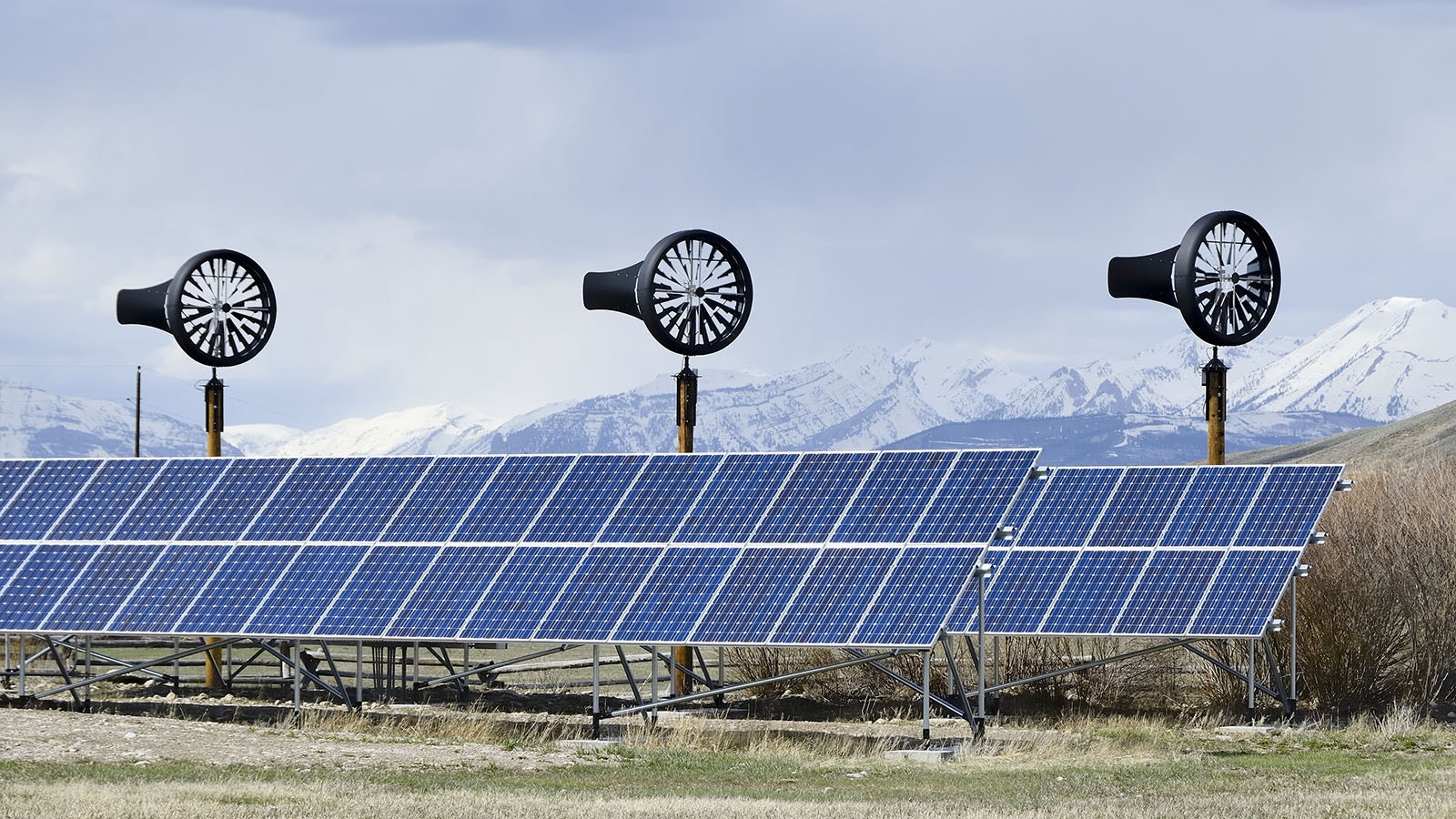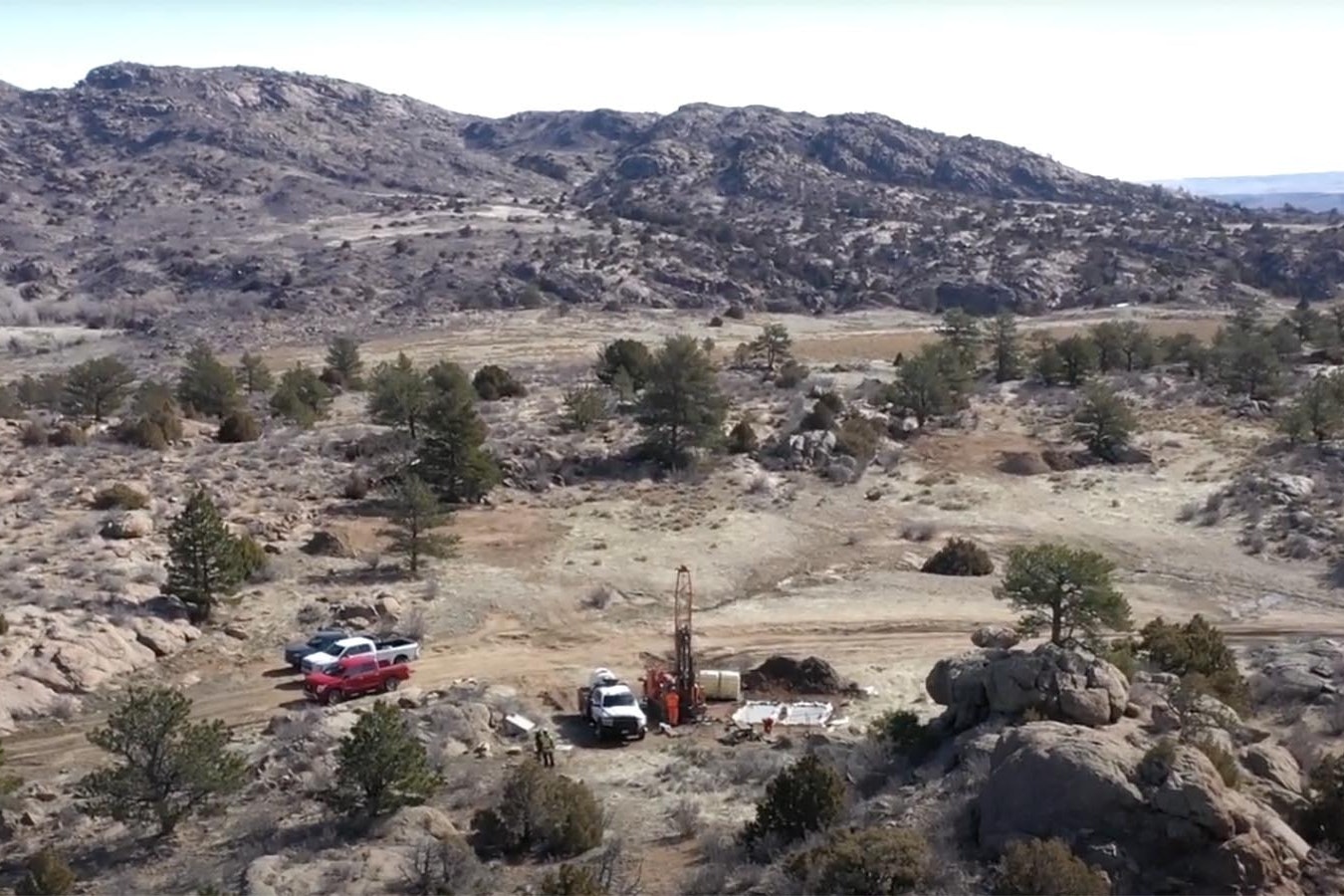Wyoming, with its friendly permitting process to build alternative energy development projects, could see America’s next land rush to build utility-scale solar farms.
The outcry against this effort is already coming from some environmental groups concerned that the land rush promoted by the Biden administration could lead to a grab of Wyoming’s environmentally sensitive public lands by paving the way for big corporations and huge foreign owners that want to own tax credits and get something heavily subsidized without paying anything.
“I feel like Wyoming is in the bull’s eye,” said Anne Brande, executive director of the Albany County Conservancy in Laramie.
The development of more solar projects in Wyoming is coming because of a hastily drafted plan designed for public lands that would update the Biden administration’s so-called “Western Solar Plan.”
The draft plan, which was unveiled in January, would make major revisions to the U.S. Bureau of Land Management’s 2012 Western Solar Plan, which identified areas in Arizona, California, Colorado, Nevada, New Mexico and Utah.
Following months of stakeholder engagements throughout the Western United States, the updated road map refines the areas of high solar potential. Under the plan, the original six states with high potential for solar projects have been expanded to include Idaho, Montana, Oregon, Washington and now Wyoming — for the first time in a dozen years.
The plan is meant to serve as a road map for solar development in areas where the BLM doesn’t think dangers will be posed to local habitats, such as deserts with migratory routes for pronghorn antelope, or nesting grounds for eagles or disruptions of sagebrush grouse.
Some environmental critics of the plan aren’t giving a thumbs up to the solar rollout.
“It’s time for the Bureau of Land Management to balance the rampant renewable energy development on public lands habitats with conservation of wildlands, wildlife and natural ecosystems,” Brande told Cowboy State Daily.
Instead, Brande and a few other environmentalists prefer that the BLM lands in Wyoming not be opened up.
They fret that the BLM proposal could pave the way for more solar developed land on “slopes,” or hills with a 25-degree angle, instead of just flat desert.
They’d prefer to see the BLM embrace “distributed generation in the existing built environment,” Brande said.
This means building solar projects in preferred sites, like on rooftops, parking lot canopies or abandoned mines.
Rooftop Solar
Distributed generation is a technical term used in the power industry to mean that electricity is produced for local users — like for a school, housing subdivision or farm — rather than electricity transmitted over 500-kilovolt transmission lines from a coal-fired power plant.
“Currently there is an unfair imbalance of renewable energy development,” said Brande of the Biden proposal, which is designed to achieve the goal of a carbon pollution-free power sector by 2035.
To meet that goal, about 700,000 acres of public lands would be needed. The BLM’s preferred alternative in the updated Western Solar Plan would provide roughly 22 million acres of land for utility-scale solar development in the West.
“This such a massive plan for over 11 Western states,” said Laura Cunningham, the California and Nevada director of the Western Watershed Project, who worked with Brande to write and submit comments to the BLM on the solar proposal by an April 18 deadline.
“With this rule, we’ll likely get the final decision before the presidential election or the changeover early next year,” Cunningham told Cowboy State Daily.
“What’s driving this is the solar industry that wants everything incentivized by the Biden administration, with tax breaks to open up more land,” she said. “We should not have solar projects on public lands at all.”
Still, Wyoming could get hit the hardest of any state under the Western Solar Plan, Cunningham said.
“Pretty much all of the flat public lands in Wyoming could be opened up, with a flood of applications getting submitted to BLM beginning early next year,” she said. “I’d expect to see an avalanche of foreign and American solar companies applying for projects with the BLM, and they’ll overlap with the oil and gas leases.”
“It’ll be a mess,” Cunningham said.
She also worries about habitat disruptions on public lands.
“The developers will place a utility-scale project on top of a pronghorn migratory route in Wyoming, and will disrupt migratory routes all over the West,” she said. “The solar developers, in my experience, are driven to build their projects where the nearest transmission line and substation are located."
Spokespersons with the BLM state office in Cheyenne and Solar Energy Industries Association, a trade group in Washington, D.C., were not immediately available for comment.
Wyoming now has more than 3.2 GW of solar, wind and storage capacity, which places it in the top half of states in terms of renewable energy generation, according to the U.S. Energy Department.
Pat Maio can be reached at pat@cowboystatedaily.com.





